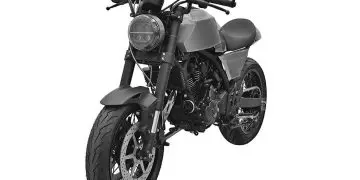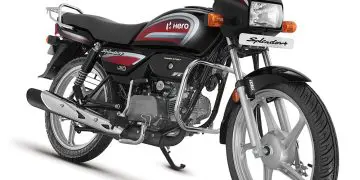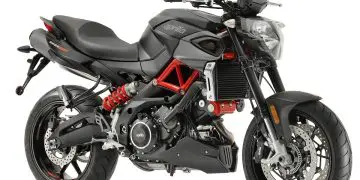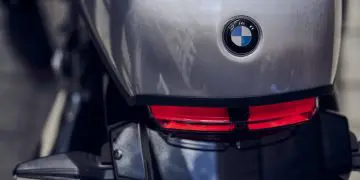BMW has been planning, or at least developing, an electric motorcycle for some time now. If, when it comes to scooters, the Munich-based company’s lineup is gradually increasing after the first C-Evolution and the following CE 04 and CE 02 (the latter presented at the end of 2023), when it comes to future electric motorcycles, there shouldn’t be many obstacles to the presentation of a model in the coming years.
The idea gains even more strength if we look at the designs of a BMW patent, presented by our colleagues at Cycleworld, in which a monocoque motorcycle frame is clearly represented, which also functions as a battery container, with the engine mounted longitudinally and below the structure.

The idea is not entirely new, neither at BMW, nor – with some differences – in other brands, and certainly constitutes a rational way of predicting the accommodation of batteries and control electronics without a change in their number or size (think, for example, of a major technological change, like the one we expect from solid-state batteries) having an impact on the frame or supports, requiring a redesign of the structure. Protection in the event of a fall or accident also seems to be very important.
For this reason, a practically modular frame, which reinforces this concept with bolted appendages that house the steering head and the swingarm pivot, to make this solution adaptable even to models of different origins and segments.
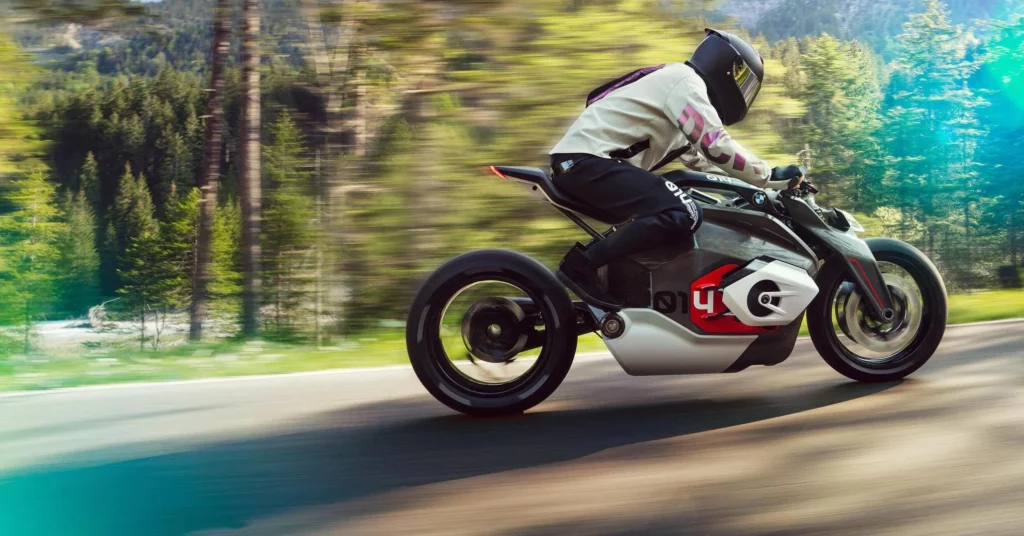
Así, a diferencia del prototipo E-Roadster, que tenía un marco tubular de celosía al que se acoplaba la unidad de tracción eléctrica, según esta patente, con la simple sustitución de los «módulos» del tubo de la cabeza y la estructura que aloja la articulación del brazo oscilante, es posible fabricar el marco para una crucero o un roadster, por ejemplo, con considerables ventajas industriales. Como mencionamos, una solución de este tipo llegó a ser prevista, al menos conceptualmente, en el prototipo Vision DC Roadster 2019 de BMW, que tenía las fijaciones de la suspensión atornilladas al bloque central formado por la batería/marco, pero luego, obviamente, el proyecto tomó caminos que solo descubriremos cuando una motocicleta eléctrica de dos ruedas de BMW se introduzca en el mercado.
Finalmente, cabe destacar que esta solución complementa otra patente que le mostramos hace algún tiempo, que apuntaba a una motocicleta eléctrica de cilindrada media para incluir en el segmento que actualmente está cubierto por la familia G 310 producida en colaboración con TVS.
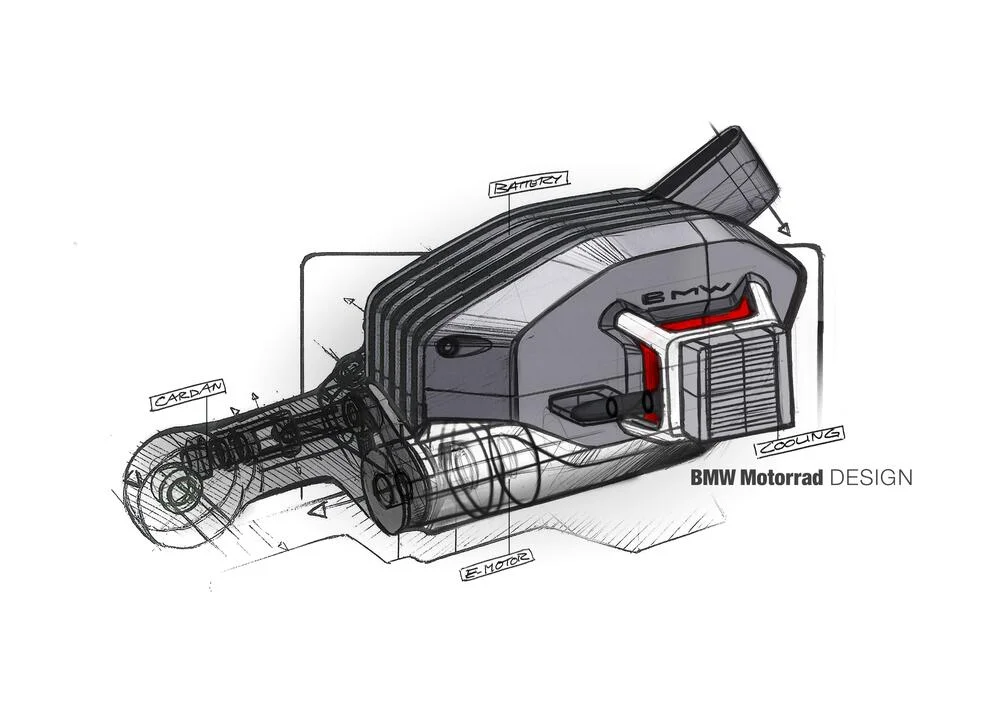
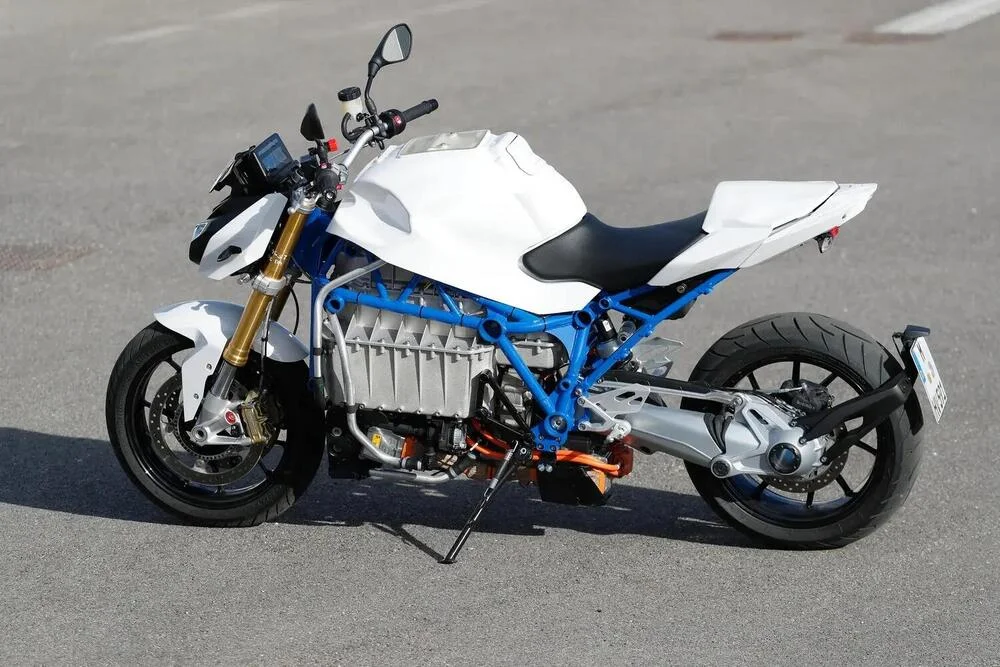
En resumen, el futuro de BMW podría ser competir en el mercado de las motocicletas eléctricas con LiveWire, Zero, Can Am y Energica (por nombrar solo algunas), por un lado, y con el creciente segmento de las «pequeñas», que también podría tener un mercado significativo en Oriente.



